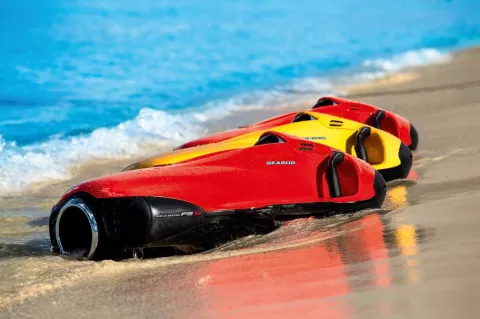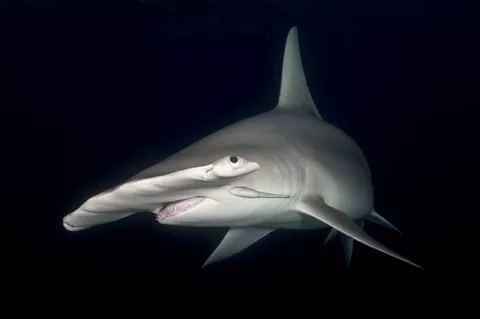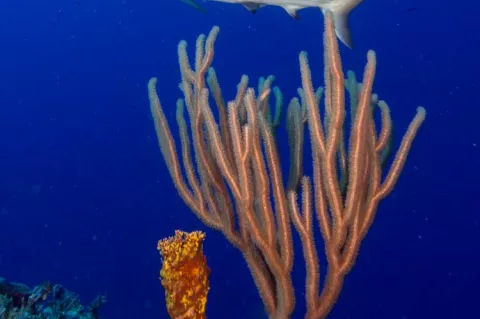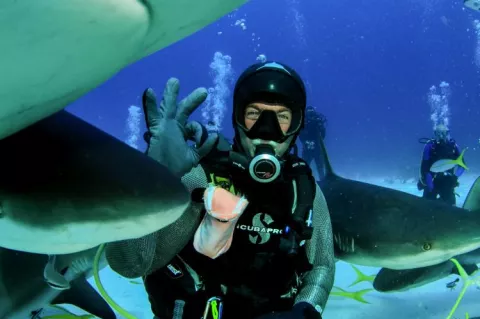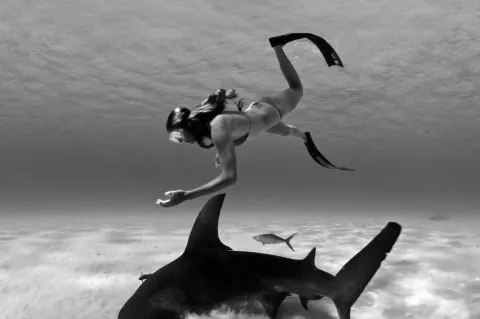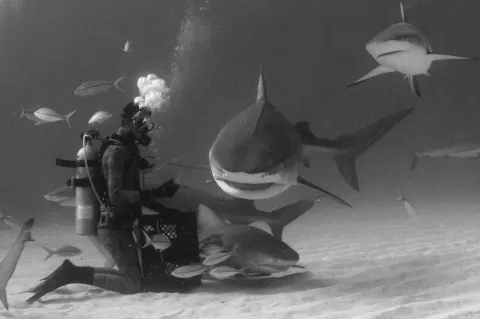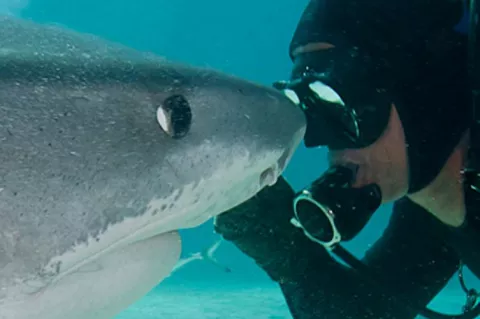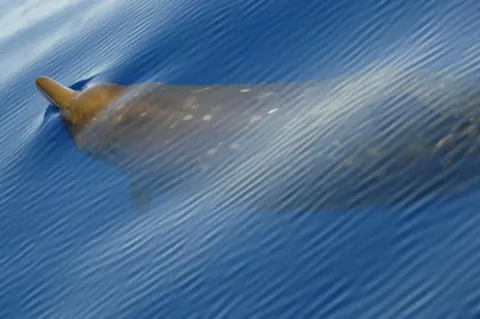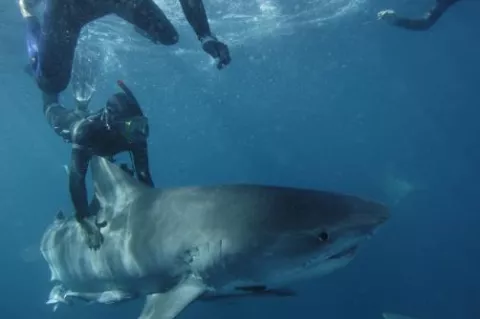Taking the Seabob for a Spin
The SEABOB is a luxury seatoy designed for “fun in the sun.” Corporate divers or technical divers are not invited to this party—unless they are vacationing, of course. No, this is a unit for scuba divers, free-divers or snorkelers, and meant to be purely recreational.

